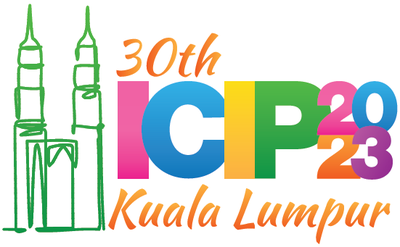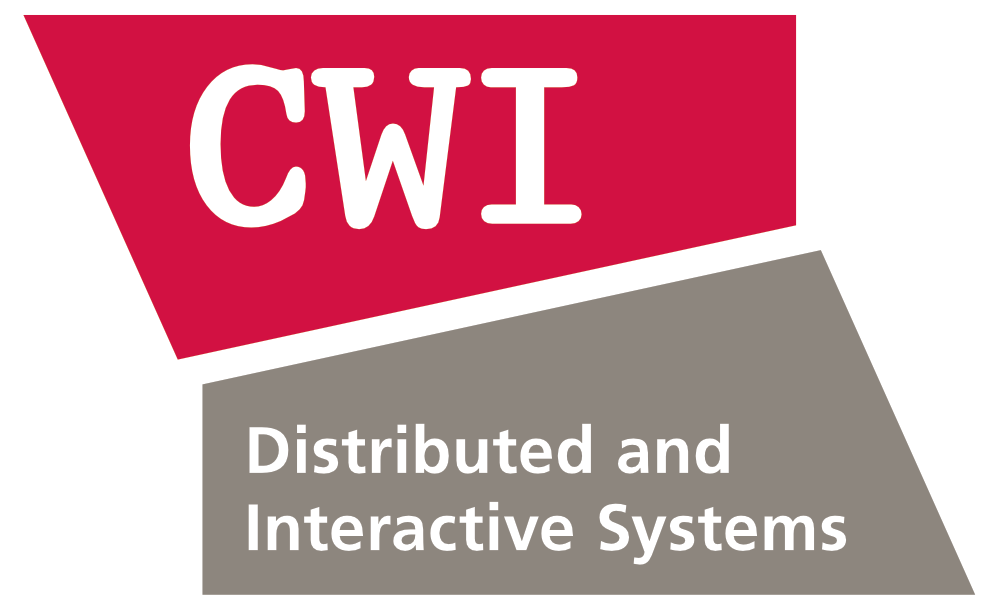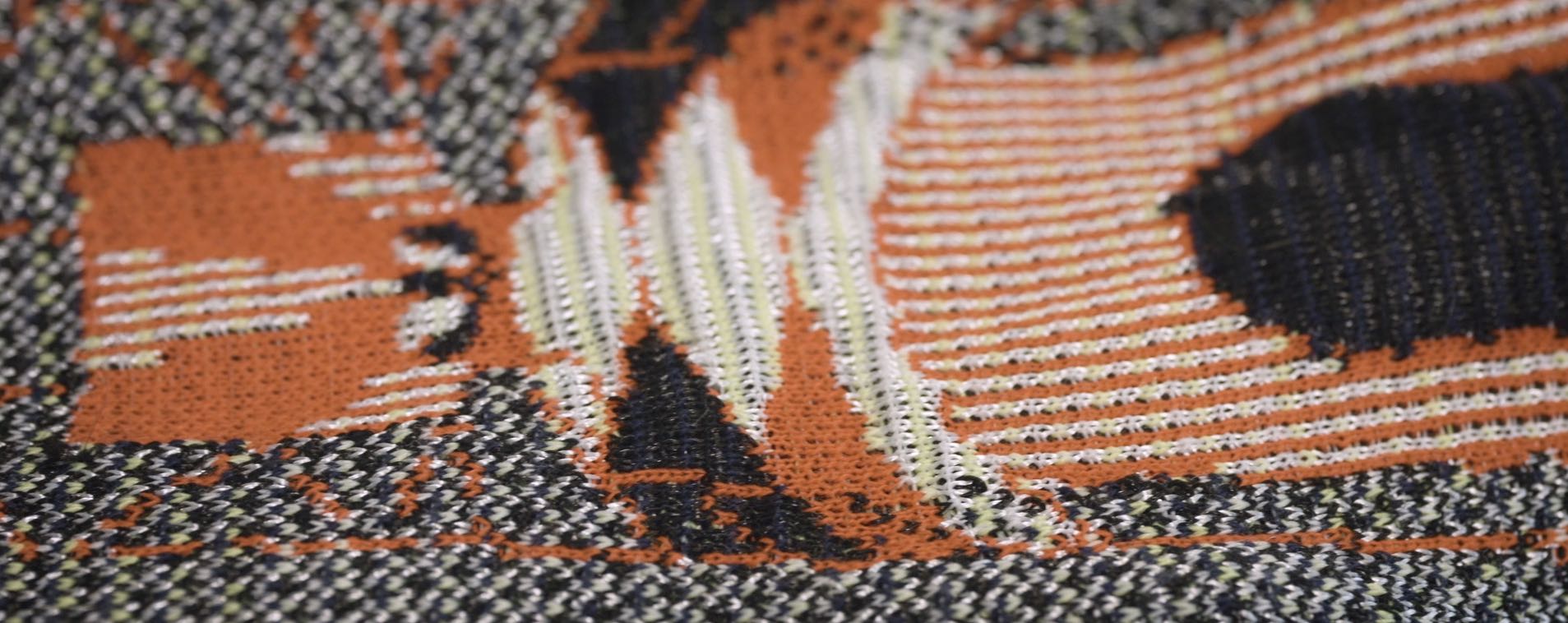DIS Group at Point Cloud Visual Quality Assessment Grand Challenge

Publication date: 2023-05-23
The Distributed and Interactive Systems (DIS) group from CWI participated in the competitive Grand Challenge “Point Cloud Visual Quality Assessment” from the IEEE International Conference on Image Processing (IEEE ICIP).
This Grand Challenge provides a rigorous platform for researchers and experts to showcase their cutting-edge approaches in assessing the visual quality of point cloud data, an essential data format for the transmission and storage of immersive visual content and 3D visual data.
The team from CWI was finalist in the three tracks where they participated:
- Full-reference, broad-range quality estimation (second place): This track aims to assess the perceptual fidelity of distorted contents with respect to the originals for any level of distortion;
- Full-reference, high-quality range (third place): This track focuses on metrics for high-end quality;
- Intra-reference (third place): The metrics should be sensible to quality differences within different processed versions of the same point cloud content.
Details of the final results can be found here: https://sites.google.com/view/icip2023-pcvqa-grand-challenge/results. The team consisted of Xuemei Zhou, Evangelos Alexiou, Irene Viola, Pablo Cesar.
The work presented at the Grand Challenge extends a previous full reference metric developed by the team, PointPCA, achieving remarkable results. This work complements other point cloud quality metrics proposed by the group, including Hist_Y (a Full-Reference metric based on luminance histograms) and PCM_RR (A Reduced-Reference metric based on global features from location, color and normals). Very recently, the group got a paper accepted to the International Conference on Quality of Multimedia Experience (QoMEX 2023) based on the master’s thesis of Gwennan Smitskamp (TU Delft) “No-Reference Point Cloud Quality Assessment: Feature Relevance Assessment for No-Reference Quality Assessment of 3D Point Cloud Data”.
Related Scientific Articles
- G. Smitskamp, I. Viola, and P. Cesar. 2023. Evaluation of point cloud features for no-reference visual quality assessment. QoMEX.
- E. Alexiou, I. Viola, and P. Cesar. 2021. PointPCA: Point Cloud Objective Quality Assessment Using PCA-Based Descriptors. arXiv preprint arXiv:2111.12663.
- I. Viola, S. Subramanyam, and P. Cesar. 2020. A color-based objective quality metric for point cloud contents. In 2020 Twelfth International Conference on Quality of Multimedia Experience. QoMEX.
- I. Viola and P. Cesar. 2020. A Reduced Reference Metric for Visual Quality Evaluation of Point Cloud Contents. IEEE Signal Processing Letters.


